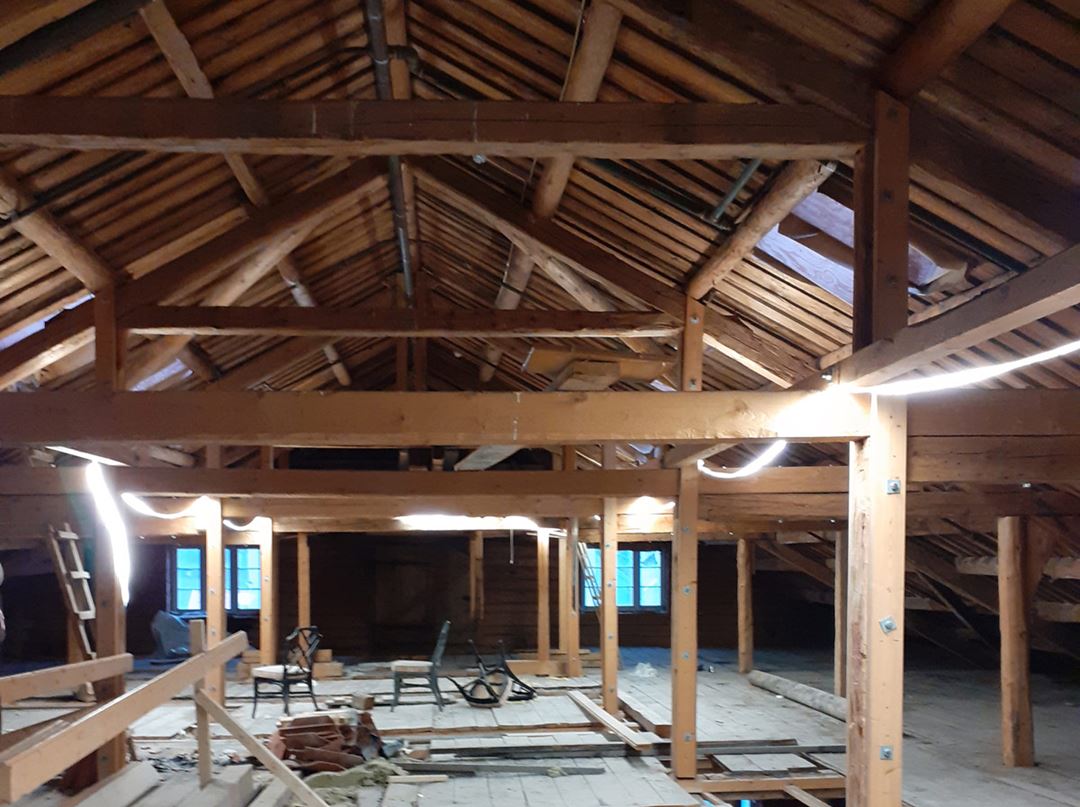The built environment requires an immediate introduction of reuse strategies that address the resource waste and emissions problem. Urban mining and adaptive reuse are limited by a lack of quality assessment procedures that decrease the risk for the industry.
Therefore, a re-certification process based on the reliable, replicable, and feasible condition assessment methodology of reclaimed/in-built timber is needed.
The essential goals of the project are:
- Identifying the set of non-destructive tests (NDTs) that are most suitable for comprehensive and efficient condition assessment (i.e., density, stiffness, strength, fire resistance, defects, moisture content, fibre direction) in wood that is feasible for in-situ as well as laboratory setting
- Developing procedures for the data postprocessing from NDTs for the highest information value output and combined risk/reliability quantification with an extensive metadata template for data repositories
- Testing the developed methodology on a real case study for the adaptive reuse of a 5-story timber office building
- Establishing circularity quantification based on the real potential and Life-Cycle Assessment procedure for long-lived timber products, including risk quantification over multiple reuse and recycling/recovery – timber cascading.
- Developing documentation and a re-certification guideline for reclaimed timber as the basis for European standardisation
Reusing existing buildings or their components currently has the highest potential to reduce carbon emissions from the construction industry and limit its demand for new raw materials.
Ti-ReX aims to improve the sustainability of the building industry by enabling widespread reuse of load-bearing timber structures either in the original building with the same or changed configuration or in other buildings. Timber elements in buildings can have several purposes, e.g., load bearing, stabilising, fire spread prevention, thermal and sound insulation, and aesthetics.
Properties related to these purposes can change over time due to varying conditions inside the building and in the surroundings. The air humidity fluctuations affect moisture content in wood, causing mechanical damage over many cycles, fungi development, or even rot and decay, and long-term loading can cause shrinkage in the timber structure, creep, loss of strength and crack development.
The changing climate parameters add to the uncertainty of the service-life prediction and the durability and long-term performance of the structures. Before timber can be reused in load-bearing components, the corresponding structural and fire performance must be verified, as sustainability requirements cannot compromise safety. Currently, a practical method for the comprehensive performance assessment at the end of the service life of the timber product is yet to be developed.
The main objective of this project is to develop feasible procedures for assessing and documenting the reclaimed timber's condition that allows for its reuse per the current European design standards, enabling a circular economy transition within the timber construction industry. The project will expand the knowledge within the condition assessment of reclaimed timber using an optimal combination of several selected non-destructive testing techniques and automated timber customised data processing and visualisation.
The project-generated test data will be shared via Open Research Europe-approved repositories with exhaustive metadata and open license to pave the way for advanced recertification procedures and standard development. As of this moment, there are no international or European standards that relate to the performance assessment and classification of reclaimed timber.
Partners:
Norway: SINTEF (coordinator)
Poland: Warsaw University of Technology (research partner)
Finland: Aalto University (research partner)
Slovenia: Slovenian National Building and Civil Engineering Institute (research partner)
Spain: Universidad Politécnica de Madrid (research partner)
Latvia: Vidzemes University of Applied Sciences (research partner)
Norway: Rambøll (industrial partner)
Norway: Trondheim Municipality (public partner)
Funding:
The Research Council of Norway. Program: ForestValue2

